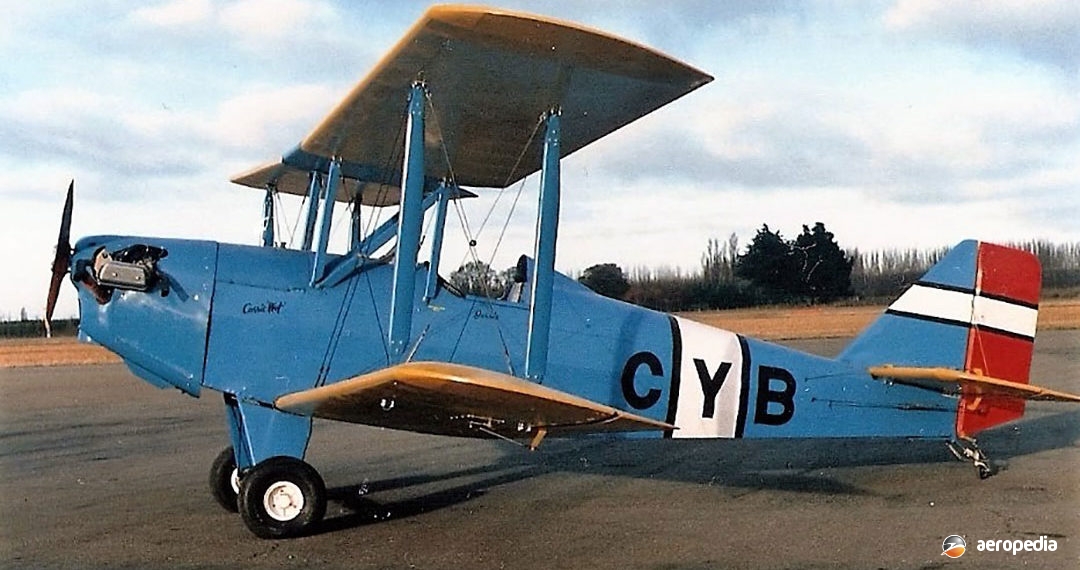Photograph:
Currie Wot ZK-CYB (c/n AACA 64) at Harewood in 1988 (Raymond Deerness)
Country of origin:
United Kingdom
Description:
Single-seat sport biplane
Power Plant:
One 46 kw (62 hp) Walter Mikron II four-cylinder in-line air-cooled engine
Specifications:
- Wingspan: 6.73 m (22 ft 1 in)
- Length: 5.71 m (18 ft 9 in)
- Height: 2.05 m (6 ft 9 in)
- Wing area: 13.56 m² (146 sq ft)
- Max speed: 158 km/h (98 mph)
- Max cruising speed: 137 km/h (85 mph)
- Initial rate of climb: 213 m/min (700 ft/min)
- Ceiling: 3,048 m (10,000 ft)
- Range: 563 km (350 miles)
- Empty weight: 249 kg (550 lb)
- Loaded weight: 358 kg (790 lb)
History:
The Currie Wot light sport biplane was designed by J R Currie in the 1930s, with the first example being built by Cinque Ports Aviation Limited in the United Kingdom in 1937. A further example was built during the following year and both of these aircraft were powered by a 30 kw (40 hp) Aeronca-JAP J-99 engine. However, both aircraft were destroyed in 1940 by bombing and the type became extinct.
In 1958 the designer was asked to reproduce the drawings, and an example was built by members of the Hampshire Aeroplane Club. This aircraft was also powered by an Aeronca-JAP engine. This club subsequently built another two examples, one powered by a 46 kw (62 hp) Walter Mikron II engine and the other by a 48 kw (65 hp) Walter Mikron III engine. One of these was tested on floats for a period, and another was fitted with a 41 kw (55 hp) Lycoming engine. A 45 kw (60 hp) Rover IS-60 turbine was also tested for a period, and a 52 kw (70 hp) Rover TP-60/1 single-stage axial flow turbine was also tested.
A small number have been built around the world, and engines have varied from a 19 kw (26 hp) Volkswagen conversion to an 86 kw (115 hp) Lycoming. The latter was fitted to six aircraft built by Slingsby Sailplanes of Yorkshire in 1967 to resemble SE.5a fighters for a film. Construction was of wood, with a plywood-covered box-sectioned fuselage coupled to two-spar wooden wings covered with fabric. All four wings were identical in length and only the lower pair were fitted with ailerons.
Two examples ZK-CYB (c/n AACA 64) and ZK-WOT (c/n PFA 3012) have been registered in New Zealand.
At least one example of the Currie Wot has been registered in Australia as VH-XYT² (c/n S60 – also 2) at Kingston, SA on 23 October 1997. It was transferred to the Recreational Aviation Australia (RAA) Register as a Homebuilt Edwards on 17 February 1999 as 28-1879. On 3 July 2001 it became 19-1879 but was withdrawn from service on 13 September 2008. The registration VH-XYT³ (c/n 1) was later allotted to another Currie Wot aircraft which was known as the Thambula registered on 15 December 2017.

